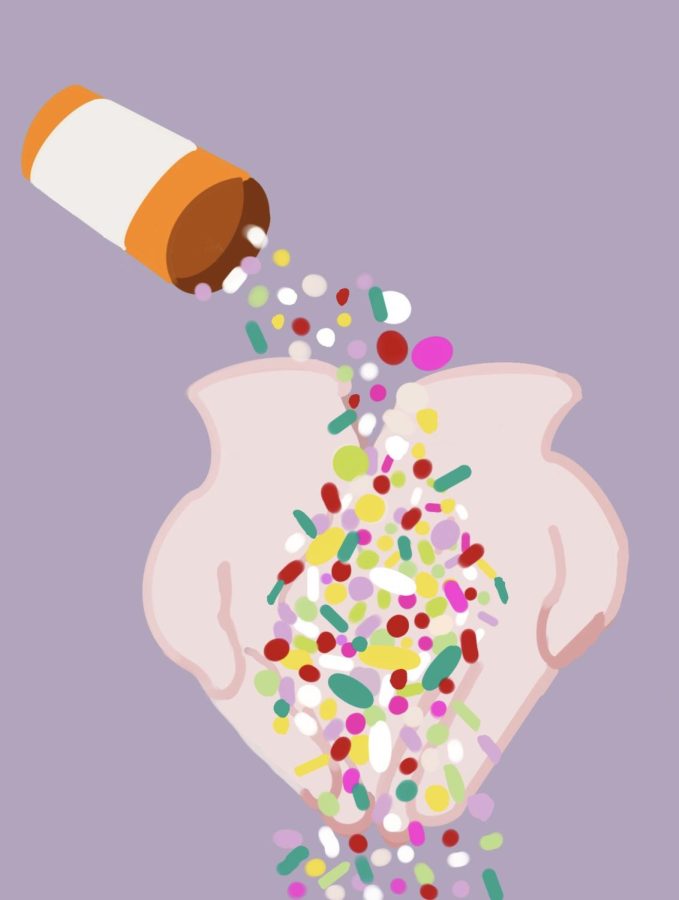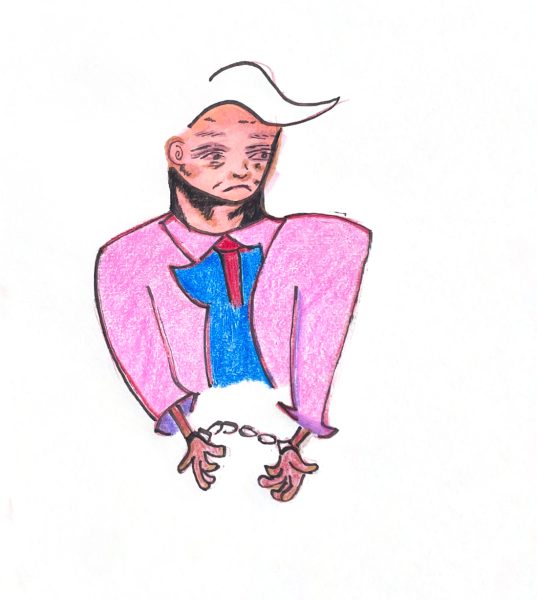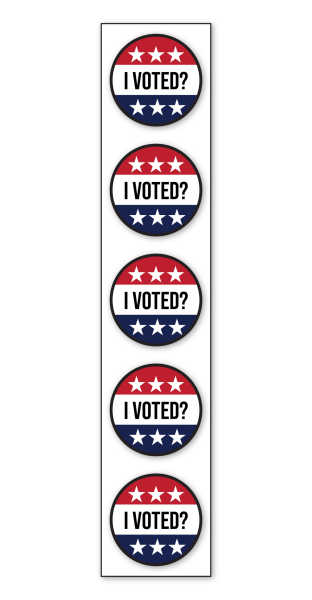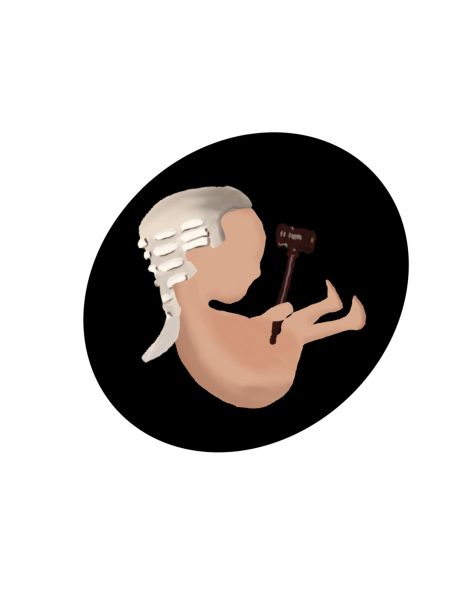Over-stimulated and over-medicated
April 4, 2023
Distractions are unavoidable. Yet to be successful in our age of over-stimulation, it is necessary to tune them out to be able to focus on the task at hand; a task easier said than done. Social media sites such as TikTok and YouTube have younger generations by their throat with their endless supply of 30-second videos. Hours can easily fly by while mindlessly consuming media you will not remember 15 seconds later.
With children as young as five years old having unrestricted access to the internet, it is no surprise that the number of children aged three through seventeen being diagnosed with Attention Deficit Hyperactivity Disorder (ADHD) has steadily increased since 2003. Growing up with constant stimulation is not healthy for the developing mind of children, and the solution should not be prescribing amphetamines to children as a way to increase focus.
Internet usage is not necessarily unhealthy for children, as it can open them up to new ideas and allow them better access to education. But it can become unhealthy when an adolescent spends many of their formative years in front of a screen. In a 2018 study, the Journal of the American Medical Association found a “significant association between higher frequency of modern digital media use and subsequent symptoms of ADHD over a 24-month follow-up.” The relationship between media consumption and ADHD symptoms shown by this study reveals the toll that extreme internet use can have on one’s physical and mental health. More children are being diagnosed with ADHD now than ever before, and the internet might be the culprit for these rising numbers.
With diagnoses of ADHD growing at such a fast pace, there needs to be a reflection on the social causes of the disorder before proper treatment can be administered. As treatments like behavior therapy and play therapy have proven to be effective in treating the symptoms of ADHD, drug-free alternatives to medication should be the first step toward improving lives. But the United States has a drug problem, and the potential profit big pharma can make off the six million children with ADHD has led to more children receiving medication rather than behavior therapy.
There is no denying the positive impact stimulants have had on the quality of life of those living with ADHD, but medication can only provide moments of relief. Finding alternative and effective treatments for ADHD needs to start being prioritized and put before prescribing medication. Minimizing symptoms through therapy must become normalized in American culture — not taking pills to feel normal.













